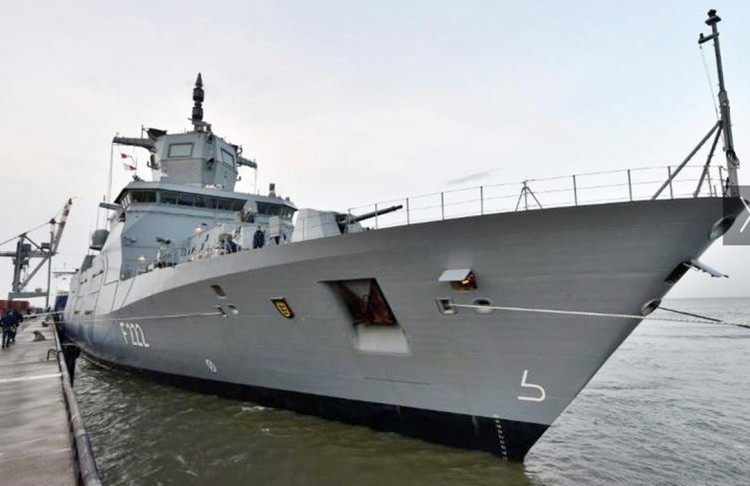In a revelation that has sent ripples across Europe, Germany is reportedly preparing for the possibility of a Russian escalation that could lead to a conflict akin to a third world war. This unsettling scenario emerges from leaked documents obtained by the German newspaper BILD, which detail classified military plans developed by the German Ministry of Defense.
According to the report, the German armed forces are gearing up for what they describe as a "hybrid" attack by Russia in Eastern Europe. This preparation stems from a growing concern that Russian President Vladimir Putin might extend his military ambitions beyond Ukraine, potentially targeting NATO ally countries.
The leaked documents outline a series of potential scenarios, with one named "Alliance Defense 2025," suggesting a timeline of escalation beginning as early as February. This scenario predicts Russia mobilizing an additional 200,000 soldiers, spurred by a perceived weakening of Western financial support for Ukraine. The document describes a possible massive "spring offensive" against Ukrainian forces, a move that could dramatically alter the current conflict's dynamics.
One of the more alarming aspects detailed in these scenarios is the potential Russian aggression towards the Baltic States. The documents suggest that by July, Russia could engage in severe cyberattacks and exploit the unrest among Russian nationals in Estonia, Latvia, and Lithuania. These actions could serve as a pretext for a larger-scale Russian military operation, potentially leading to direct confrontations with NATO forces.
A critical focal point in these scenarios is the Suwalki Gap, a strategically vital corridor between Belarus and Kaliningrad. The documents indicate that by the end of the year, Russia could manipulate propaganda to falsely claim imminent attacks by NATO forces, using this as a justification to advance military objectives in this region.
The German military's preparation for such scenarios, including the potential deployment of 30,000 German troops for defense against an estimated 70,000 Russian forces in Belarus, underscores the seriousness with which European nations are taking the threat of Russian expansionism.
While Putin and Russian officials have repeatedly denied any intention to escalate the conflict beyond Ukraine, the detailed nature of these plans reflects the heightened state of alert and readiness within European military establishments. This preparation is seen as a necessary response to the unpredictable and aggressive posture of Russia in the region.
Sweden, another European nation on high alert, echoes similar sentiments. Swedish Civil Defense Minister Carl-Oskar Bohlin and the country's military Commander-in-Chief Micael Bydén have publicly stated the need for comprehensive preparedness at all societal levels, acknowledging the potential for conflict in their own country.
The German Defense Ministry, while not specifically addressing the scenarios outlined in the BILD
report, has acknowledged that considering various potential military scenarios, even those deemed extremely unlikely, is a routine aspect of military strategy and training. This statement suggests that while the scenarios depicted might not be imminent, they represent plausible strategic considerations in the current geopolitical climate.
The possibility of a third world war, as inferred from these leaked documents, although extreme, indicates the scale of concern within European military circles. The situation in Ukraine has already demonstrated the capacity for localized conflicts to have broader, international implications, especially given Russia's history of unexpected military maneuvers.
These developments highlight the fragile balance of power in Europe and the potential for escalation that could have far-reaching consequences. As NATO members and European allies continue to monitor the situation closely, the preparation for potential Russian aggression remains a crucial aspect of their defense strategy. The leaked documents, therefore, serve not only as a warning of potential future conflicts but also as a call to vigilance and readiness in a region increasingly shadowed by the prospect of expanded Russian military ambitions.






